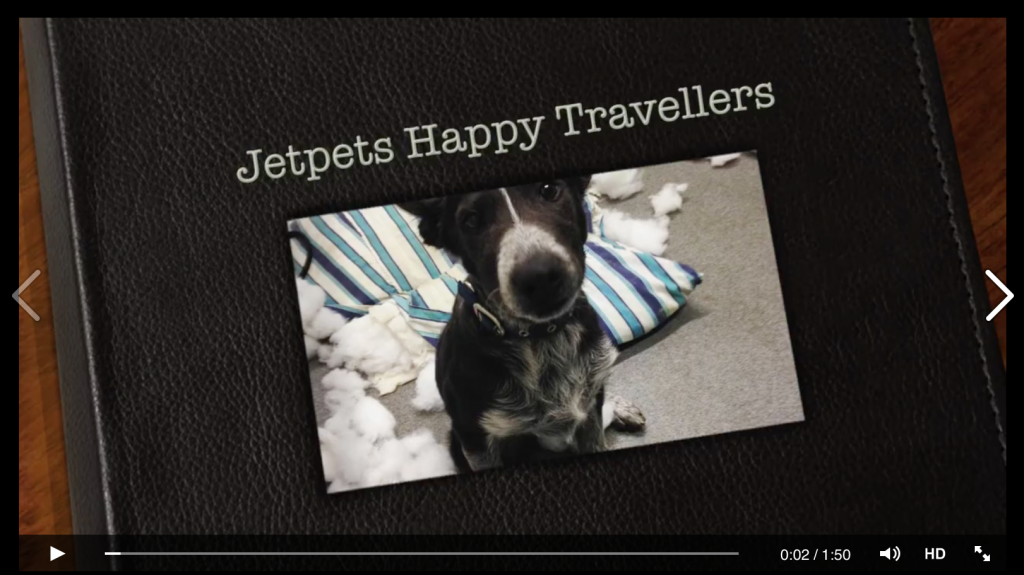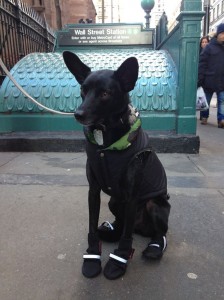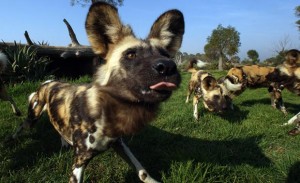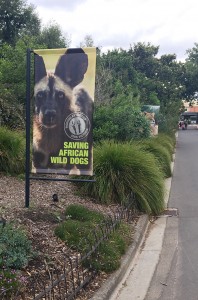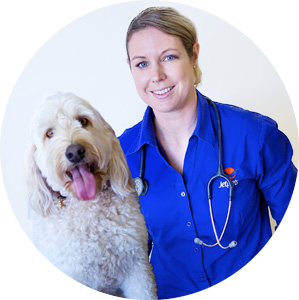Are you moving house and concerned about settling your pets into a new environment? We’ve put together our top tips to help make the transition as smooth and stress free as possible – for both you and your pet.
Cats
In Preparation:
If your cat is moving interstate or overseas by air, it’s a good idea to familiarise them with their travel crate well in advance. Make interacting with the crate a fun experience, so that when the time comes to move, they won’t be scared.
While Packing and Moving Out:

Ensure your cat is in a secure room or in their crate before the removalist arrives. Your cat can easily become stressed by all of the unusual movement in the house, and securing them in a room or crate is the best way to prevent this – and to ensure they don’t accidently get packed away with the rest of your belongings and shipped off!
Arriving At Your Destination:
To make the transition to the new home as stress free as possible, wait until all removalists, friends and visitors have left before releasing your cat from their crate.
It’s a good idea to slowly introduce your cat to their new home, starting in a small, quiet room. Choose a room that your cat can ‘own’ for the next few days and place their food, water and litter in there, as well as a comfortable space to sleep and of course – somewhere to hide!
When the time comes to introduce your cat to the rest of the house, ensure all windows and doors are closed, and open fireplaces are covered, as cats have be known to use them as a hiding spot!
If your cat is feeling particularly stressed with the transition, you might consider using a pheromone spray such as Feliway to calm their nerves. Please contact your vet for more information on this.
If You Have An Outdoor Cat:
Transitioning a cat to a new, unfamiliar outdoor environment can be a difficult task. Make sure you supervise their first expeditions and only allow your cat outdoors for short periods over the first few weeks, until they form an attachment to their new home.
Dogs
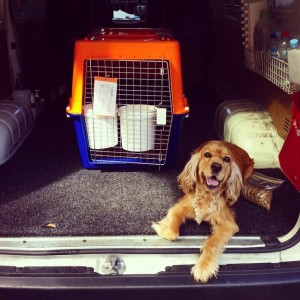
You may not think it of our laid-back canine friends, but in some cases, dogs can actually be more difficult than cats to settle into their new homes!
In Preparation For The Move:
Just like with cats, it’s a good idea to get your dog used to his/her travel crate well in advance of the move. Check out this video featuring Sahara for some helpful hints.
Arriving At Your Destination:
Dogs get very attached to their home turf, so it’s a good idea to start settling your dog into their new routine as soon as you move in.
Walk your dog once daily, especially in the morning, along the same route each day. Not only will this familiarise them with their new neighbourhood and its smells, but it will also help burn off any excess energy they may have and reduce stress levels, which will help if you will generally be out during the day.
Settling In:
You may be tempted to buy new toys, accessories and bedding for your pet when you move into a new home. It’s best to avoid this as providing them with items they are familiar with will help make the transition less stressful.
Behaviour Issues:
If your dog is barking or digging excessively, you will need to consider the cause. Are they bored? Do they have separation anxiety? If the problem is not easily rectified with training and exercise, you may need to consult your vet for an effective solution.
Safety:
Before you release your dog or cat into their new home, you should do a quick check on the following:
- Check to make sure your garden fences are secure before allowing your pet into their new yard.
- Be sure to check the garden beds in your new home for any rat or snail poison left in the yard by previous owners.
- Discard any old bones or chewable objects that your pet might be tempted by in the new yard.
- Make sure your pet is wearing a collar, and has an identification tag with your new phone number. It’s wise to have your pet registered with up to date address information, so that should they go missing, you will be contacted immediately.
As always, these things take time. Feel free to contact your pet travel consultant at any stage of your journey should you have any concerns.


